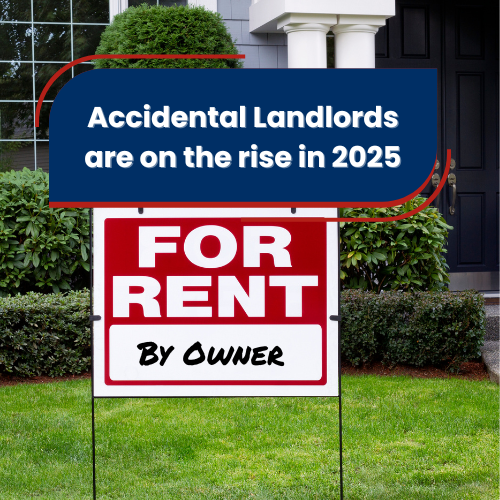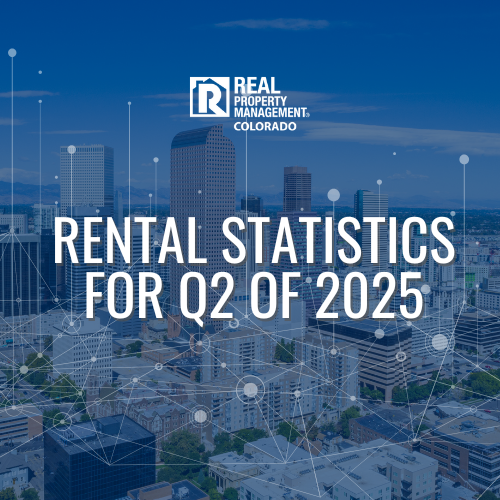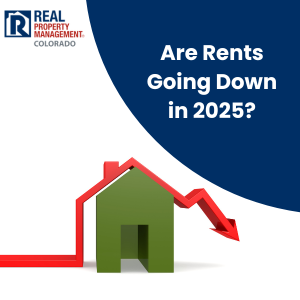It’s finally happened! Metro Denver apartment rents dipped slightly as vacancy rates soared during the third and fourth quarter due to the abundance of new supply flowing into the market. With so many new apartments on the rise, as well as those owners unable to sell during the hot summer season seeking to fill vacancies through renting, the supply may have finally caught up with the demand, causing rents to level out.
Ups and Downs

But it’s not all bad news for landlords. Rents only dipped slightly—only a $7 decline—and the average rent in the metro area held steady at $1292. On the flip side of the coin; however, there was quite a big jump in apartment vacancy rates instead. In the third quarter, vacancy rates leapt from 5% to 6.8%, but in the fourth quarter, they surged to numbers not seen since 2008-2009 when so many were forced to move out of their apartments due to significant job losses. These numbers lead many to believe that we may see a lot more pressure to lower rents in the coming months.
Supply And Demand
Many developers flooded into the Denver Metro area seeking to get in on the hot market, causing new apartments to start springing out of the ground, seemingly overnight. And developers focused specifically on the hottest areas, specifically northwest Denver, Downtown Denver, Boulder County (minus Longmont), and north Douglas County. And what happens when everyone tries to get in on the slice of pie? Vacancy rates begin to rise as supply quickly outpaces demand.
All of those markets saw increased vacancy rates. Northwest Denver came in at 17.4%; Boulder County at 14%; Downtown Denver saw 11.2%; and northern Douglas County at 9.6%. But what does that prove, you ask? Well, when you look at the areas developers shied away from, quite a bit. Those areas in the lower end of the rent spectrum saw far lower vacancy rates. Wheat Ridge came in at a low 2.6%; Englewood and Sheridan at 3.3%; northeast Denver at 4.1%; and southwest Denver at 4.2%.
According to the report mentioned in the Denver Post article, developers added a total of 1,678 new units, but saw a net absorption of negative 4,247 units.
But Rents Won’t Crash!
Despite the dip in rents and surge in vacancy rates, according to the article, the thought of a market crash or foreboding economic crisis on the horizon is not a concern. It simply means there’s a change in the market. People are still flocking to the Denver area from all over the country. Demand is still out there, just in some places more than others.





